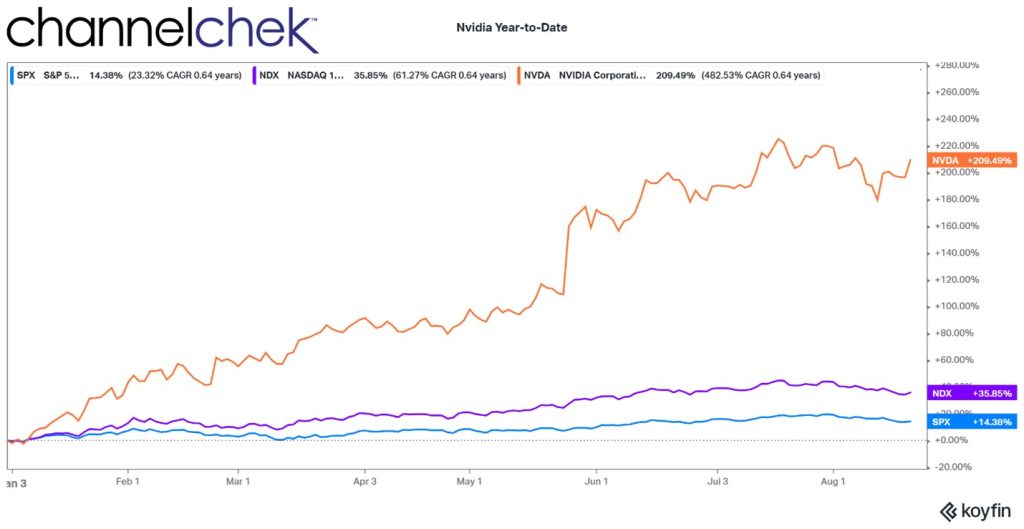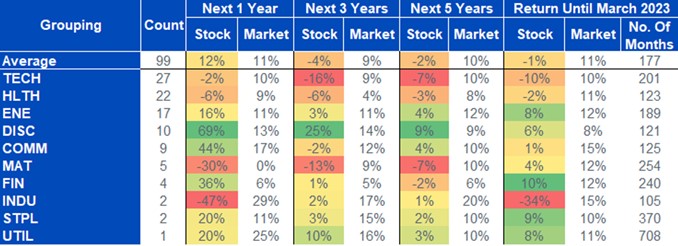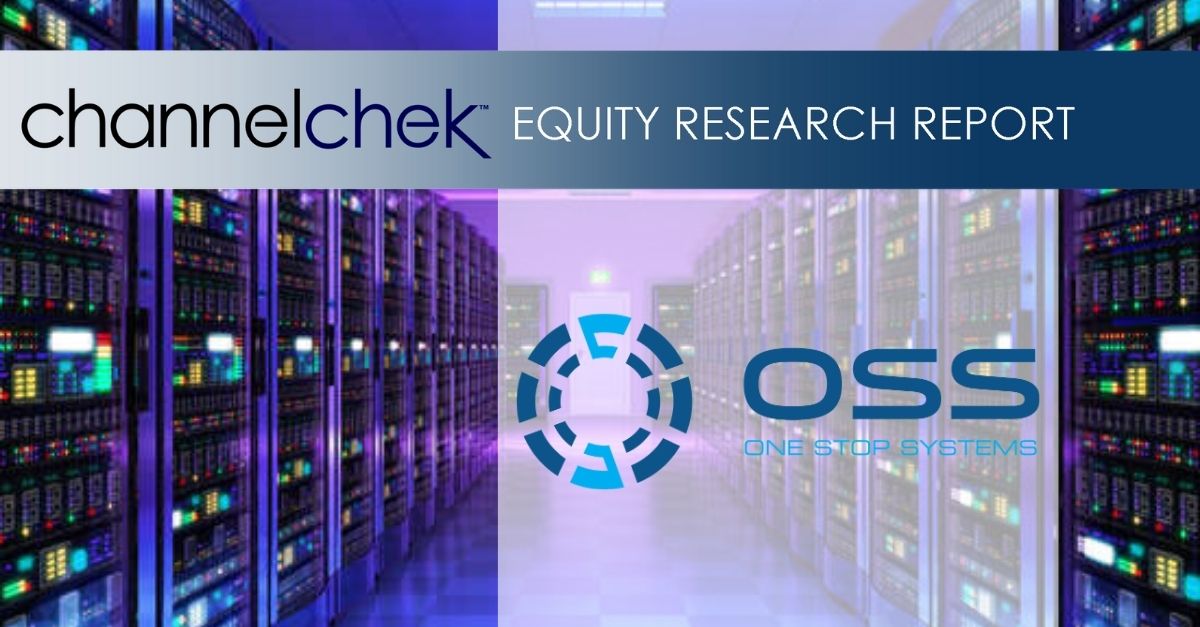Tesla’s new Dojo supercomputer could unlock tremendous value for investors, according to analysts at Morgan Stanley. The bank predicts Dojo could boost Tesla’s market valuation by over $600 billion.
Morgan Stanley set a sky-high 12-18 month price target of $400 per share for Tesla based on Dojo’s potential. This implies a market cap of $1.39 trillion, which is nearly 76% above Tesla’s current $789 billion valuation.
Tesla only began producing Dojo in July 2022 but plans to invest over $1 billion in the powerful supercomputer over the next year. Dojo will be used to train artificial intelligence models for autonomous driving.
Morgan Stanley analysts estimate Dojo could enable robotaxis and software services that extend far beyond Tesla’s current business of vehicle manufacturing. The bank nearly doubled its 2040 revenue projection for Tesla’s network services division from $157 billion to $335 billion thanks to Dojo.
By licensing self-driving software powered by Dojo to third-party transportation fleets, Tesla could generate tremendous high-margin revenues. Morgan Stanley sees network services delivering over 60% of Tesla’s core earnings by 2040, up from just 30% in 2030.
Thanks to this upside potential, Morgan Stanley upgraded Tesla stock from Equal-Weight to Overweight. The analysts stated “Dojo completely changes the growth trajectory for Tesla’s autonomy business.”
At its current $248.50 share price, Tesla trades at a lofty forward P/E ratio of 57.9x compared to legacy automakers like Ford at 6.3x and GM at 4.6x. But if Morgan Stanley’s bull case proves accurate, Tesla could rapidly grow into its valuation over the next decade.
In summary, Tesla’s AI advantage with Dojo makes the stock’s premium valuation more reasonable. Investors buying at today’s prices could reap huge gains if Dojo unlocks a new $600 billion revenue stream in autonomous mobility services.
The Power and Potential of Dojo
Dojo represents a massive investment by Tesla as it aims to lead the future of autonomous driving. The specialized supercomputer is designed to train deep neural networks using vast amounts of visual data from Tesla’s fleet of vehicles.
This differentiated AI training will allow Tesla to improve perceptions for full self-driving at a faster pace. As self-driving functionality becomes more robust, Tesla can unlock new revenue opportunities.
Morgan Stanley analyst Adam Jones stated: “If Dojo can help make cars ‘see’ and ‘react,’ what other markets could open up? Think of any device at the edge with a camera that makes real-time decisions based on its visual field.”
Dojo’s processing power will permit Tesla to develop advanced simulations that speed up testing. The supercomputer’s capacity is expected to exceed that of the top 200 fastest supercomputers combined.
Tesla claims Dojo will drive down the costs of training networks by orders of magnitude. This efficiency can translate into higher margins as costs drop for autonomous AI development.
Dojo was designed in-house by Tesla AI director Andrej Karpathy and his team. Karpathy called Dojo the “most exciting thing I’ve seen in my career.” With Dojo, Tesla is aiming to reduce reliance on external cloud providers like Google and Amazon.
Morgan Stanley Boosts Tesla Price Target by 60%
The potential of monetizing Tesla’s self-driving lead through Dojo led analysts at Morgan Stanley to dramatically increase their expectations.
Led by analyst Adam Jones, Morgan Stanley boosted its 12-18 month price target on Tesla stock by 60% to $400 per share. This new level implies a market value for Tesla of nearly $1.39 trillion.
Hitting this price target would mean Tesla stock gaining about 76% from its current level around $248.50. Tesla shares jumped 6% on Monday following the report as investors reacted positively.
Jones explained the sharply higher price target by stating: “Dojo completely changes the growth trajectory for Tesla’s autonomy business.”
He expects Dojo will open up addressable markets for Tesla that “extend well beyond selling vehicles at a fixed price.” In other words, Dojo can turn Tesla into more of a high-margin software and services provider.



















